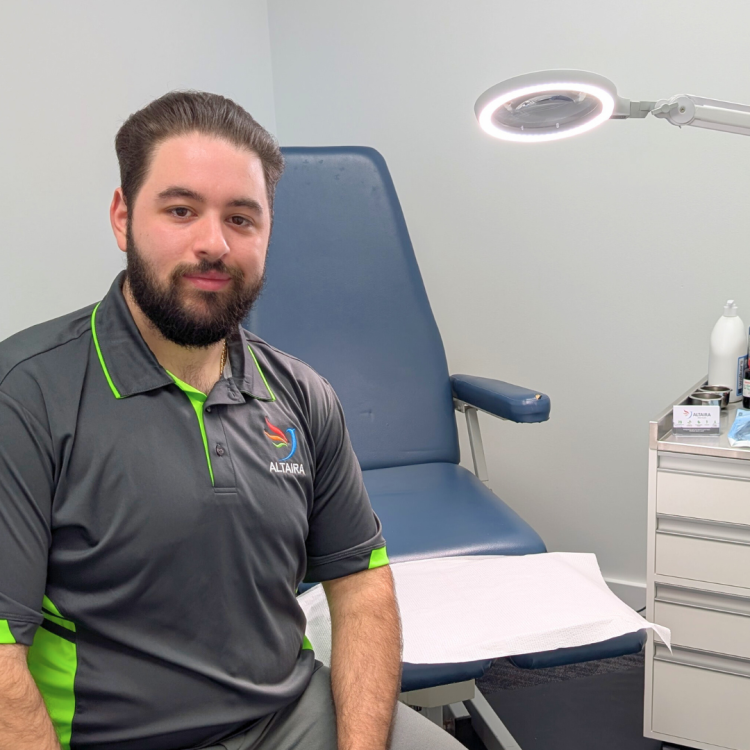Static vs Dynamic Stretching

Have you been injured playing sports or participating in some kind of physical activity before? Some injuries such as muscle strains can be prevented by ensuring the muscle is as healthy as possible in preparation for sports, work, and other strenuous exercise. A significant way to prevent these injuries is to incorporate stretching into your physical activity routine during warm up and warm down.
Stretching is an important factor of exercise that prepares your body for upcoming physical activity, helps overall performance and prevents injuries. However, did you know that there are different types of stretching that have different purposes?
The two main types of stretching include static stretching and dynamic stretching. Static stretching includes holding a position for a period of time and is best after physical activity, whereas dynamic stretching includes controlled movements that prepare the muscles for performance and is best before physical activity.
Static stretches are normally held for between 30-60 seconds and involve stretching the muscle as far as it can go, without being painful but to the point of slight discomfort. These types of stretches are great to improve flexibility, encourage blood flow, and prevent injury, however should not be done before physical activity as they can have a negative impact on performance. Static stretching can limit the body’s reaction time and can decrease the muscle’s ability to produce force, which can consequently lead to injury. Some great static stretches to incorporate into your warm-down routine include arm crossovers, hamstring stretch and quadriceps stretch.
Dynamic stretches improve speed, agility and muscle force, and therefore should be incorporated into a warm-up routine. Carrying out these types of stretches prior to physical activity can help to protect the joints and therefore prevent injuries. Rather than holding a stretch for a period of time like with a static stretch, dynamic stretching involves moving the joints through a whole range of motion. Some examples of dynamic stretches to prepare the muscles and joints for physical activity include leg pendulum (leg swings), walking lunges and torso twists.
Physical Fitness is something that needs to be worked on and maintained over time. Stretching before and after physical activity is a simple yet extremely beneficial part of maintaining your physical activity. If you’re looking for some further information regarding stretching and injury prevention or types of effective stretches, reach out to our team at Altaira to explore the best sports physiotherapy options for you!
Altaira’s Lead Physiotherapist Michael holds both a Bachelor of Physiotherapy and Bachelor of Medical Science degrees, and has an extensive background in Occupational Health. He is an Australian Physiotherapy Association member and believes in the provision of evidence based practice and holistic client-centred care. He is extremely passionate about assisting clients to maintain their independence and empowering them to self-manage their musculoskeletal health in a way that is relevant and meaningful for them. Book in a consult with Michael via: Make a Booking (nookal.com) Learn more about Altaira’s Allied Health services: Allied Health – Altaira Services



